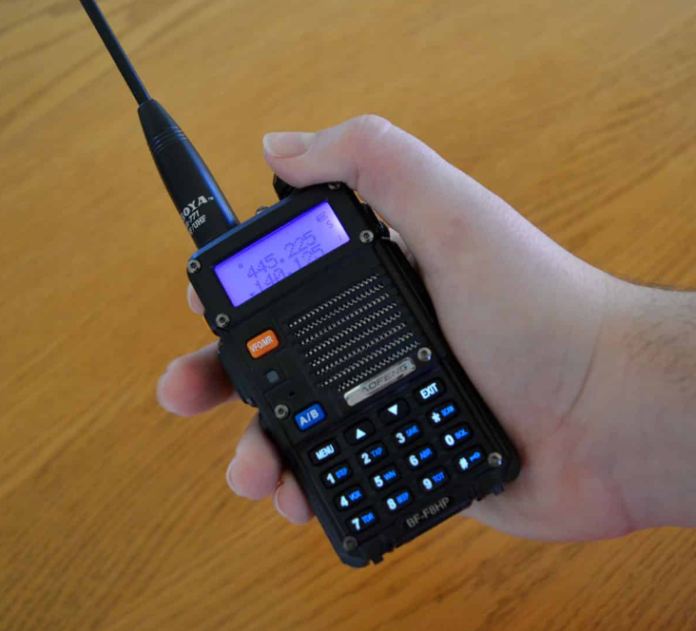Buying a handheld radio can be confusing, especially if you’re new to the process. There are so many different brands, models, and frequencies to choose from that it’s easy to become overwhelmed and frustrated. Thankfully, these tips will help you narrow down your options and find the handheld radios for sale that are right for you.
1. First, decide between a transceiver and a base unit.
Transceivers are generally larger than base units, which are more compact and smaller than mobile units that you can mount on your belt or stick in your pocket. The main difference is how far the radios transmit and how far the radios receive, so both types of handheld radios are equally beneficial for most people. Transceivers can have up to six frequencies, whereas base units have only one channel each.
2. For personal use or just for emergencies, a small radio can be just what you need.
If you want a radio for your backpacking journey, you won’t need anything too fancy. Just make sure that it’s easy to use, portable, and has the range you need.
3. The best handheld radios are the ones that can adapt to any situation.
Think about how you’ll be using your handheld radio and what frequencies it should be able to access at any given time. If you’re going to be hiking on the trails, you’ll need a radio that has a strong transmission range of up to 25 miles in the distance. If you’re going to be trekking from one forested area to the next, a handheld radio with the ability to run on multiple channels will help you avoid interference. If you plan on trekking long distances on rivers or other waterways, look for a handheld transceiver with a waterproof design so that it can withstand immersion in water.
4. Features like backlit LCD screens and flashlights are nice conveniences but not necessities.
Some handheld radios come with extra features like LCD screens and flashlights, but these are purely for convenience. You can get all of the features you need from a good handheld transceiver and not have to add these extras. Backlit screens in particular consume a lot of battery power, so keep that in mind.
5. Shop around for the best price you can find.
An important thing to remember with any type of shopping is that you should always shop around for the lowest price available for your desired product. When it comes to buying a handheld radio, however, there are some other considerations as well. Always make sure that the company has an outstanding reputation and is well known in the industry. The dealers or distributors of your handheld radio should provide a guarantee on their products, which can reduce the risk if you’re unlucky with the product.
6. Try to resist buying a radio that’s too expensive.
Some companies will advertise their handheld radios as being “overpriced,” but this usually means that they are trying to get more money from you before you buy them. As long as you don’t pay too much for your handheld radio, there’s no problem with snagging a great deal.
7. Always purchase a hand-free kit because they are more durable.
Some people might not think of handheld radios as being something that could break easily, but this is often the case. Handheld transceivers and base units often break after several years of use, which is why you should always buy a hand-free kit instead of just an individual radio. Some manufacturers will even include a hand-free kit with their products as part of their warranty coverage.
Purchasing a handheld radio can be an intimidating process, but thankfully, these tips will help you make the right choice for your needs and budget. Just remember to shop around for the best deals, and don’t hesitate to buy from a reputable dealer or distributor.








